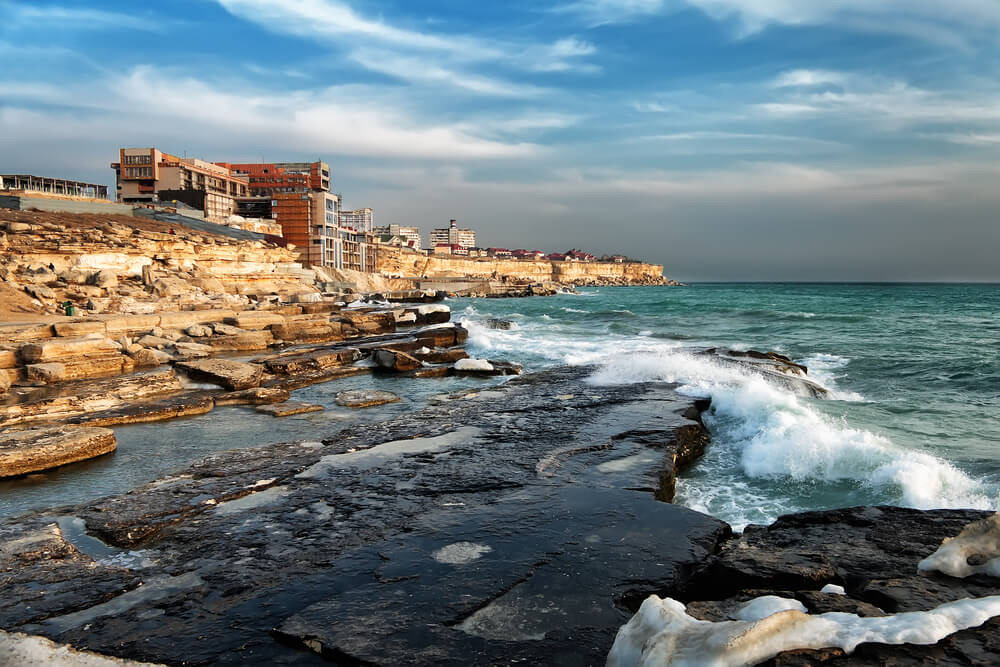For this week’s assignment, we went on a virtual tour on National Geographic. The tour was called the Out of Eden Walk, which was the journey of a reporter who retraced our ancestor’s migration trail on foot in 2013. The reporter’s name is Paul Salopek. Paul traveled 21,000 miles in almost ten years, learning stories and the history of our ancestors along the way. I loved following his journey and seeing the beautiful pictures and stories attached to them.

One of the three locations that stood out most to me was The Holy Lands. Paul arrived in Jeddah, Saudi Arabia after crossing the Red Sea. In Riyadh, Saudi Arabia, Paul sat down to meet with a man about purchasing cargo camels to accompany him. Paul explained that in order to purchase a camel, there are very strict rules and guidelines that need to be followed first. In Africa, to acquire a camel, you have to squat outside of an Afar hut and profess to a nomad (who has a deep spiritual love for animals) that you would never sell them, kill them, or harm them in any way. I thought this was really awesome because I love animals and I love that people who sell cargo camels have so much love for them as well. A few days later, Paul purchased two camels and named them Fares and Seema.

Another location that stood out to me was Chapter 4 of Paul’s journey; Aktau, Kazakhstan. This one stood out to me because of how beautiful the photos were and the history behind it. Aktau is a city where the streets have no names. Aktau did not exist until 1958 when Soviet Union engineers built it up as a “closed city” for mining of uranium: Guryev-20. None of the neighborhoods, streets, and buildings have any names. I thought this was incredibly interesting that they kept it that way throughout the years. There were underground mosques and hundreds of necropolises (cities of the dead).

The third location that stood out to me was Chapter 5 of Paul’s journey; Hoachong, Manipur, India. Chapter 5 of his journey is still in progress, so this was just recently posted on March 11th, 2020. This chapter involves Bakebonang Bariam, a farmer in Manipur, who has been collecting relics from previous wars in his rice and ginger fields. Bakebonang has never found any bones, but he finds coins that date back to 1943 from the British Raj. One of them was stamped with the bust of George VI. The rest of this section goes on to tell the history of the wars that took place in Manipur, where Bakebonang Bariam and his family reside.
This assignment truly gave me more insight into the trails our ancestors walked and the history behind so many of these cities and nations. The Out of Eden Walk is a great source and I will most definitely be using it in my future history classes!